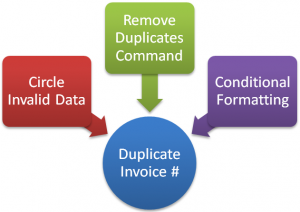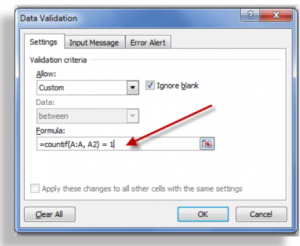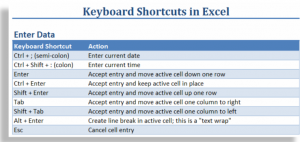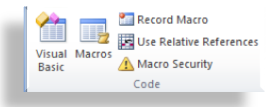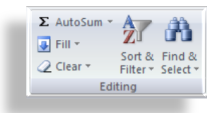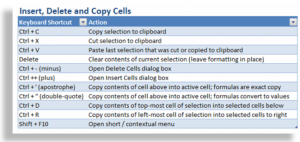I created this Excel Video Tutorial in response to a viewer who, in her company, is not permitted to use a Pivot Table to create a report. Unfortunately, this happens more often than you might think. Nevertheless, I promised to share my tips and advice. I think that many of this tips will help Excel users at all levels.
Tips Covered in this Video Tutorial
- Use Advanced Filter to Extract a list of unique customer names from a range with @ 4,300 records.
- Later in the lesson, I show you how to extract this list to a different worksheet – a tip that will save you time when preparing your reports!
- How and why to convert a normal range of data into a TABLE in Excel 2007 / 2010 or into a LIST in Excel 2003.
- How to create “Named Ranges” for your key data cells and to use them in your Formulas and Functions.
- How to use the SUMIF, AVERAGEIF and COUNTIF Functions in your summary report.
Keyboard Shortcuts Used in this Tutorial
- Ctrl + T to convert to a TABLE in Excel 2007 / Excel 2010
- Ctrl + L to convert to a LIST in EXCEL 2003
- Ctrl + A to open up the Function Arguments Dialog Box
- Ctrl + Shift + F3 to open the Create Names Dialog Box
- F3 to open the Paste Names Dialog Box
I decided that I will only make this video available on YouTube – I think that you will enjoy the clarity that you get from the High-Definition / Full Screen Mode.
Watch Tutorial in High Definition on YouTube
Follow this link to view this Excel Tutorial in High Definition on my YouTubeChannel – DannyRocksExcels
Visit my new secure online shopping website
I invite you to visit http://shop.thecompanyrocks.com – my new online shopping website.

